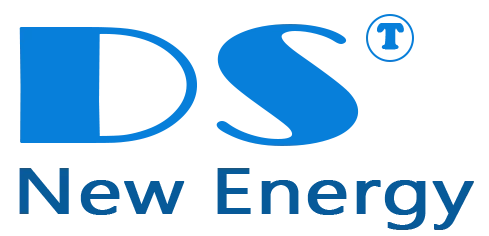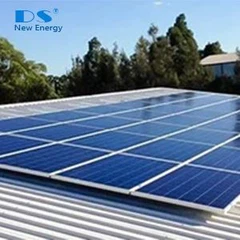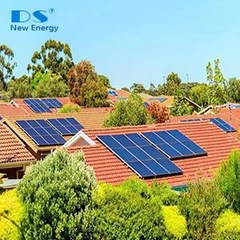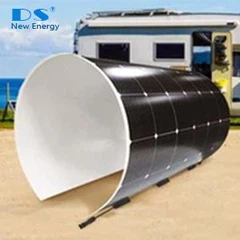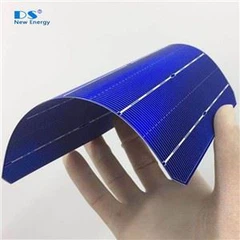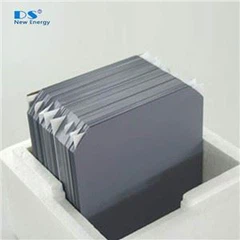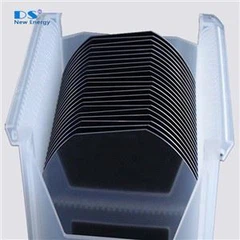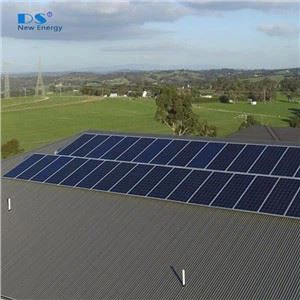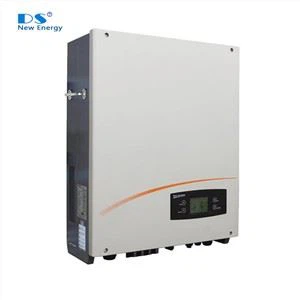The efficiency of solar cells depends heavily on the front contact grid design to minimize power losses due to shading losses and resistance loss.


Thinner and more fingers of solar cell
As screen printing technology advances, the number of solar cell fingers that can be printed on the surface increases constantly and the width of the fingers become thinner and thinner.
Advantages:
Less shading: Thinner fingers lessen the volume of sunlight reflected by the metal fingers, thereby increasing absorbed light and improving efficiency.
More carriers collection: More fingers mean a larger surface area for carriers collection, which reduces resistance and improves performance.
Reduced silver usage: Thinner fingers, especially when combined with improved sintering process, can reduce the amount of silver required for excellent performance.
Lower resistance: Thinner fingers also help lower the series resistance of the solar cell, which will improve the fill factor of solar cell and lead to a higher efficiency.
More and thinner busbars of solar cell
Fine-line Screen printing technology also benefit the printing of fine busbars. The number of solar cell busbars that can be deployed on the surface increases continuously and the width of the busbars get thinner and thinner.
Advantages:
Lower resistance: More busbars build more current paths, reducing resistance and power losses.
Increased carrier collection: Enhanced carrier collection within the solar cell improves overall performance.
Less silver consumption: Multi busbar technology cuts silver consumption, a significant cost factor in solar cell manufacturing.
Improved microcrack defect: MBB improves resistance to microcracks and potential hot spots.
No fingers and busbars on the front side, back contact technology
The innovation of all contacts on the back side fully utilizes the light reaching the surface, resulting in higher energy conversion efficiency and enhanced performance under various conditions.

Advanced features and advantages
Higher light absorption rate:by removing the front metal grid, back contact solar cells can capture more sunlight, thereby increasing electricity generation.
Improved performance under partial shading conditions: according to testing, back contact solar panels typically perform better than traditional panels in partial shading conditions.
Aesthetic appeal:With the removal of the front fingers and busbars, back-contact solar panels have a sleek all-black appearance, which is often preferred for building integration.
